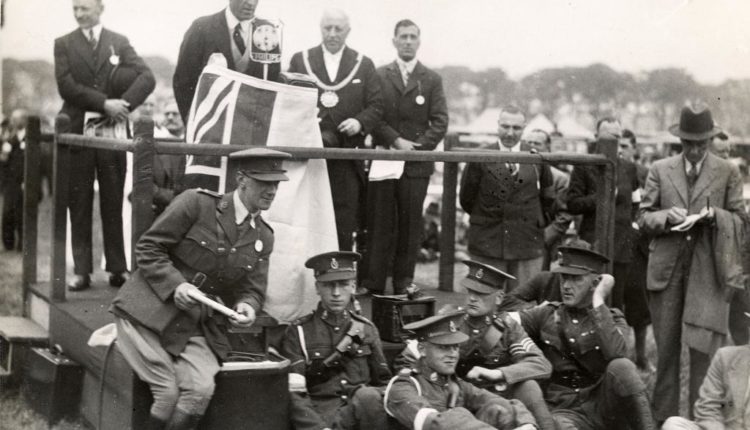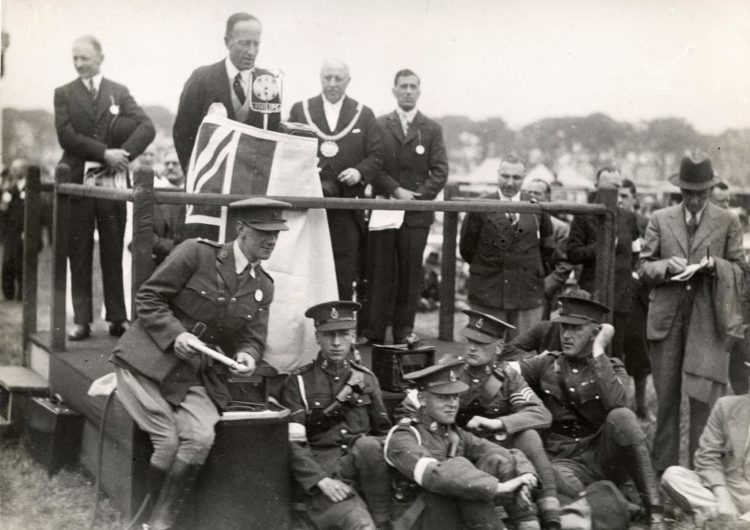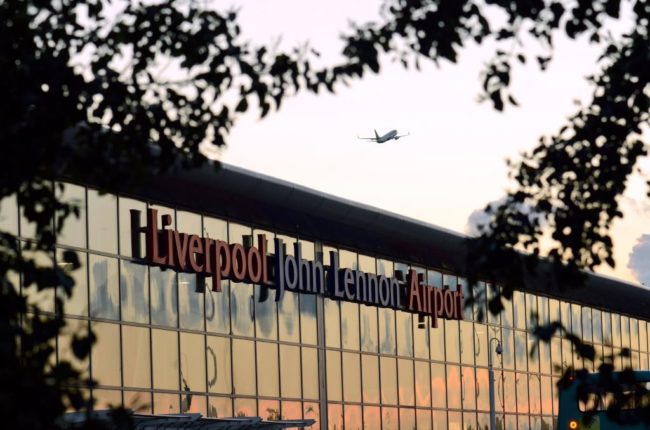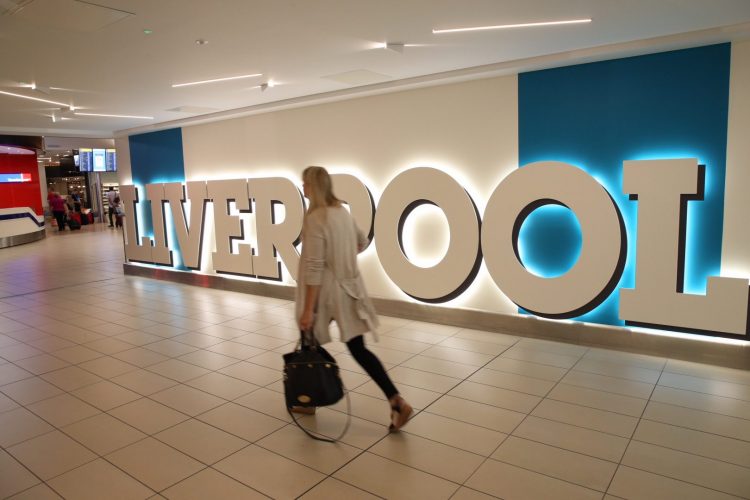
Liverpool Airport celebrates 85th birthday after handling almost 100m passengers
LJLA was officially opened by the 7th Marquess of Londonderry and Secretary of State for Air on July 1, 1933, and now handles more than 5m passengers on almost 70 routes every year. Tony McDonough reports

It was on July 1, 1933, that Charles Stewart Henry Vane-Tempest-Stewart, 7th Marquess of Londonderry and Secretary of State for Air, officially opened Liverpool Airport.
It was built in the grounds of Speke Hall on a site chosen because of the geography of the site and its good year-round weather record. Now known as Liverpool John Lennon Airport, in the 85 years since it has handled almost 100m passengers.
As for the Marquess, he became infamous for his praise of Nazi Germany, earning the nickname ‘Londonderry Herr’ and was eventually forced out of Government, never to return.
Irish Sea routes
Imperial Airways provided the first scheduled service out of Speke, flying to and from Croydon Airport near London. But by the late 1930s it was its routes across the Irish Sea that proved most popular.
A a distinctive passenger terminal, control tower and two large aircraft hangars were constructed to handle the growth. However, during World War II the airport was requisitioned by the Royal Air Force and became known as RAF Speke.
Military folklore
It was during this period that RAF Speke became part of military folklore with what was believed to be the fastest ‘air-to-combat kill’ in history. In 1940, during the Battle of Britain, Flight Lieutenant Denys Gillam took off in his Hawker Hurricane from the runway to be confronted by a Junkers 88, a Luftwaffe combat aircraft.
While Gillam’s undercarriage was still retracting he was confronted by the German plane and, along with two of his colleagues in other aircraft, shot the enemy out of the sky. The scene was immortalised in a painting by Robert Taylor called Fastest Victory.

New runway
Speke reverted back to being a civilian airport at the end of the war and by 1948, it was handling 75,000 passengers a year – more than Manchester Airport.
Liverpool City Council took control of the airport in 1961 and in 1966 a new 7,500 ft runway was opened by Prince Philip, which enabled it to operate around the clock. In the mid-1970s control passed to Merseyside County Council and, following its abolition in the 1980s, to the five Merseyside councils.
In 1986 a new terminal building was opened, replacing the original Grade II-listed Art Deco facility. The old building, which appears in famous footage of a Beatles’ homecoming, was empty until 2001 when it was converted into a Marriott Hotel, later being rebranded as a Crowne Plaza.
Majority stake
In 1990 British Aerospace took a majority stake in the airport and later it changed hands again, becoming part of the Peel Holdings property and ports empire. In 2001 Liverpool Airport became Liverpool John Lennon Airport (LJLA) in honour of the Beatle who was shot dead outside his New York home in 1980.
It has benefited from the meteoric rise of the budget airline sector and easyJet and Ryanair are by far its biggest carriers.
Peel sold LJLA to Canadian airports operator Vantage in 2010 in deal believed to have been worth £175m. The airport then went through a challenging financial period, grappling with substantial levels of debt.
In 2014 Peel regained full control and since then has invested tens of millions of pounds to put the airport back on an even keel and investment in upgrading its facilities and succeeding in attracting a number of new retailers.

Expansion plans
LJLA has just completed a £5m revamp of the departure lounge and announced earlier this it planned to invest £100m between now and 2030 to push annual passenger numbers from the current 5m up to 8m and increase the number of routes, which currently stands at almost 70.
The airport is also one of the area’s major employers, attracting inward investment and bringing significant tourism benefits, helping to boost the region’s economy. LJLA is a significant driver of prosperity in the region and the North West and North Wales as a whole, contributing an estimated £250m a year in GVA and supporting 6,000 jobs across the Liverpool city region.
